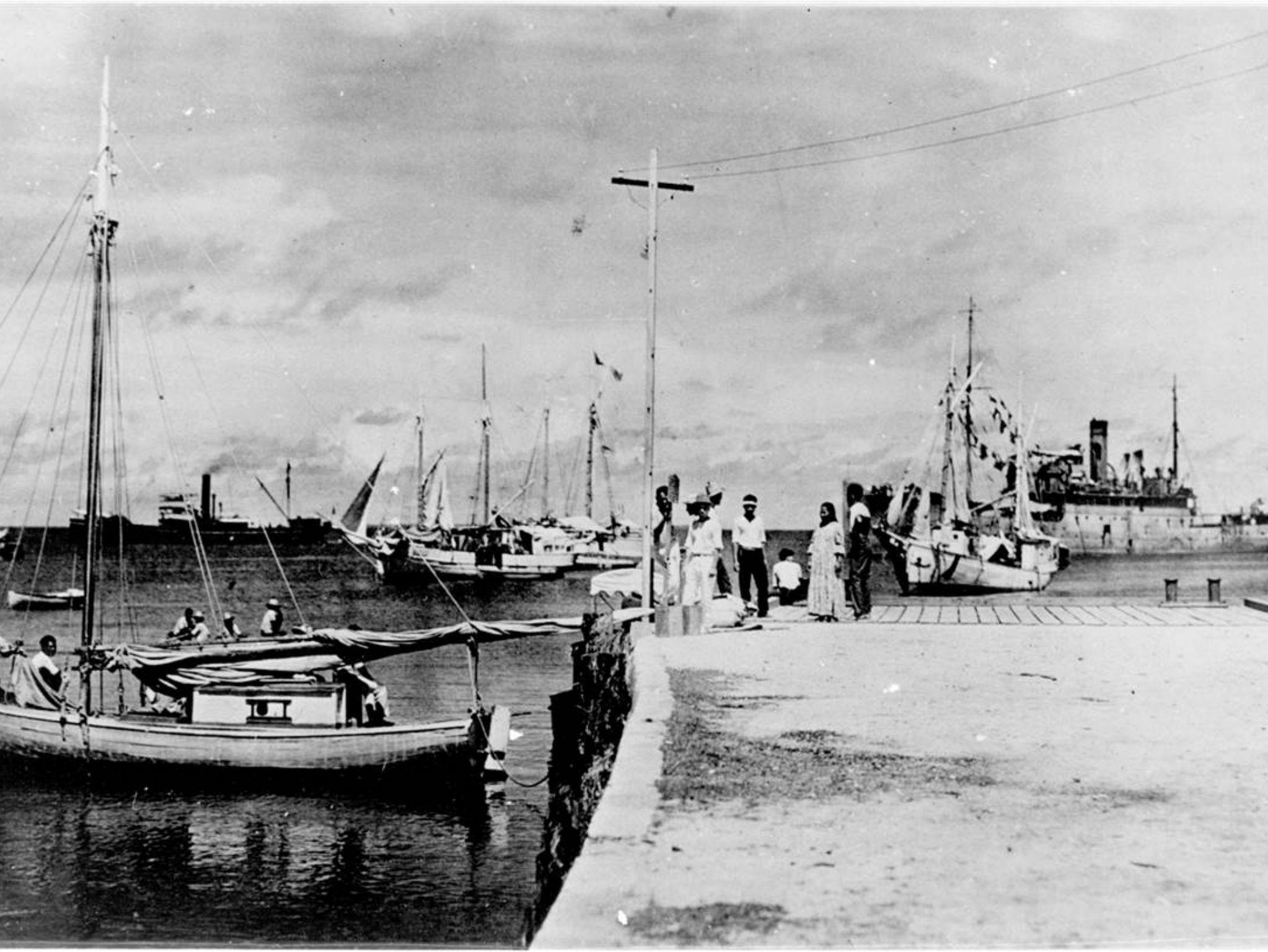Amelia Earhart: Photograph allegedly shows female pilot surviving crash and being captured by Japanese
Not everyone is convinced, however

Your support helps us to tell the story
From reproductive rights to climate change to Big Tech, The Independent is on the ground when the story is developing. Whether it's investigating the financials of Elon Musk's pro-Trump PAC or producing our latest documentary, 'The A Word', which shines a light on the American women fighting for reproductive rights, we know how important it is to parse out the facts from the messaging.
At such a critical moment in US history, we need reporters on the ground. Your donation allows us to keep sending journalists to speak to both sides of the story.
The Independent is trusted by Americans across the entire political spectrum. And unlike many other quality news outlets, we choose not to lock Americans out of our reporting and analysis with paywalls. We believe quality journalism should be available to everyone, paid for by those who can afford it.
Your support makes all the difference.A newly discovered photograph may show that Amelia Earhart survived her mysterious crash, and lived out the rest of her life in Japanese custody.
For 80 years, Earhart’s fate was unknown, thought to have perished after a suspected plane crash over the Pacific Ocean during an attempt to circumnavigate the globe in 1937. She was pronounced dead two years later by the United States government after an investigation concluded her plane had gone down.
The fresh photo was discovered in America’s National Archives, an independent agency that is charged with documenting and preserving historical records related to the US. It’s not clear if the purported snap of Earhart – taken in the Marshall Islands, an area controlled by the Japanese at the time – was taken by a US spy, or if it came from a different source.
The photo is featured in the new History Channel special Amelia Earhart: The Lost Evidence that will air in the US on Sunday evening. Independent experts and analysts say that they are confident that the new photo shows Earhart and Fred Noonan, who was the navigator on the attempt to fly around the world.
The duo was last heard from – at least in the eyes of the western world – on 2 July 1937. Investigators initially believed that they had been blown off course, though it is not clear how they would have been pushed so far off course that they ended up in the Marshall Islands.
The photograph shows a short-haired woman sitting on a dock, alongside a man who appears to have a similar hairline to Noonan.
“The hairline is the most distinctive characteristic,” Ken Gibson, a facial recognition expert who studied the photo, said. “It’s a very sharp receding hairline. The nose is very prominent.
“It’s my feeling that this is very convincing evidence that this is probably Noonan,” he said.
The photo also shows a barge pulling an object that is roughly the same size as the plane Earhart took off in.
Locals on the islands have also said that they believe Earhart and Noonan were captured by the Japanese back in the 1930s.
Josephine Blanco Akiyama, who lived on the island of Saipan as a child, has said for years that she saw Earhart in Japanese custody.
“I didn’t even know it was a woman, I thought it was a man,” Ms Akiyama said. “Everybody was talking about her – they were talking about her in Japanese. That’s why I know that she’s a woman. They were talking about a woman flyer.”
But not all historians are sold on the story that Earhart and Noonan were captured by the Japanese. That group includes Dorothy Cochrane, a curator for the Smithsonian National Air and Space Museum.
“I don’t blame people for wanting to know,” Ms Cochrane told CNN. “It is one of the greatest mysteries of the 20th century because she was so well known.”
Ms Cochrane has seen the photo – which the Daily Mail reports came from a group of photographs taken after 1940, years after the disappearance – and isn’t convinced.
“It’s not the exciting theory. It’s not the attention grabber,” she said. The photo is “interesting”, but it’s “not definitive”.
Join our commenting forum
Join thought-provoking conversations, follow other Independent readers and see their replies
Comments